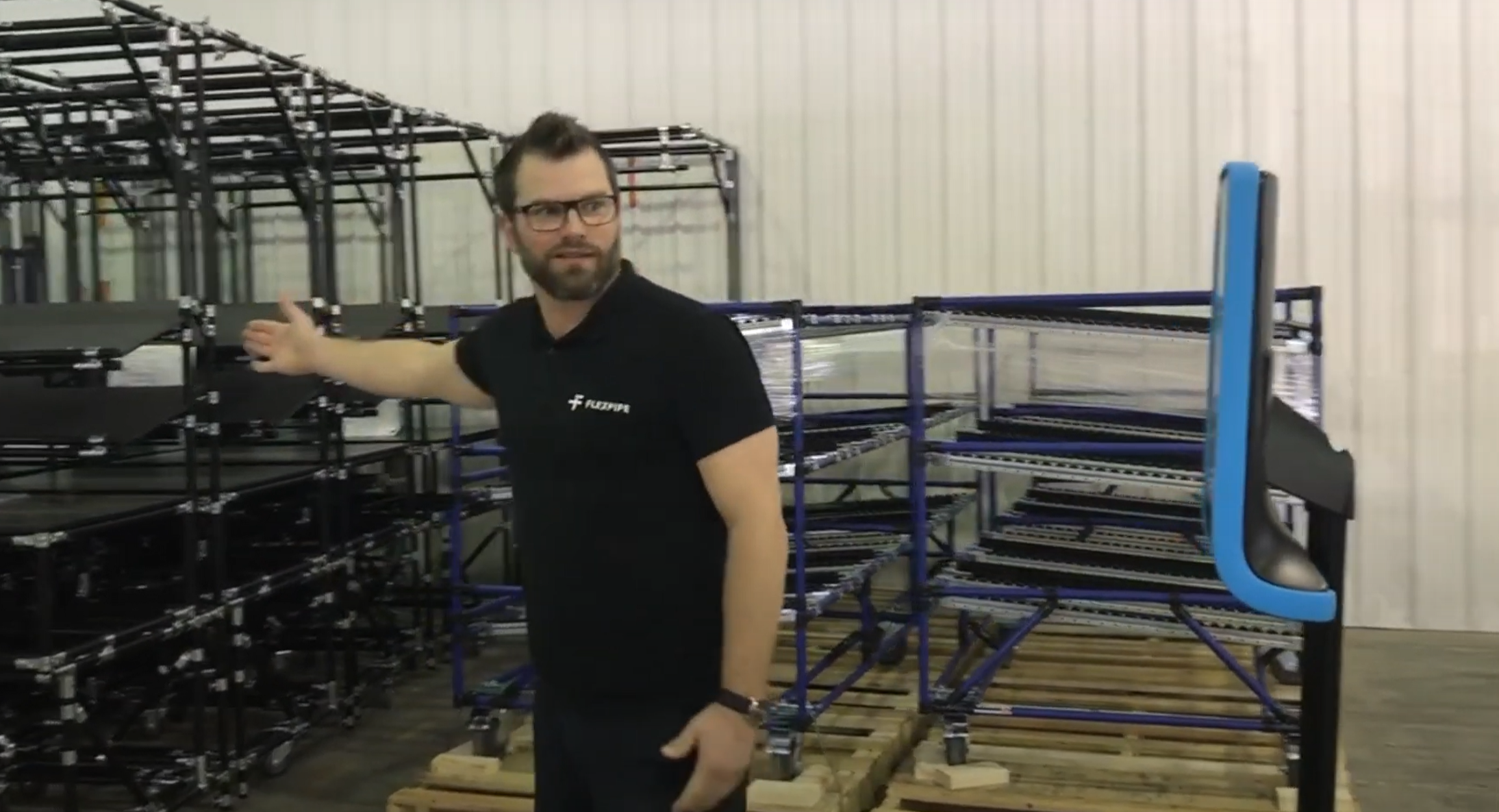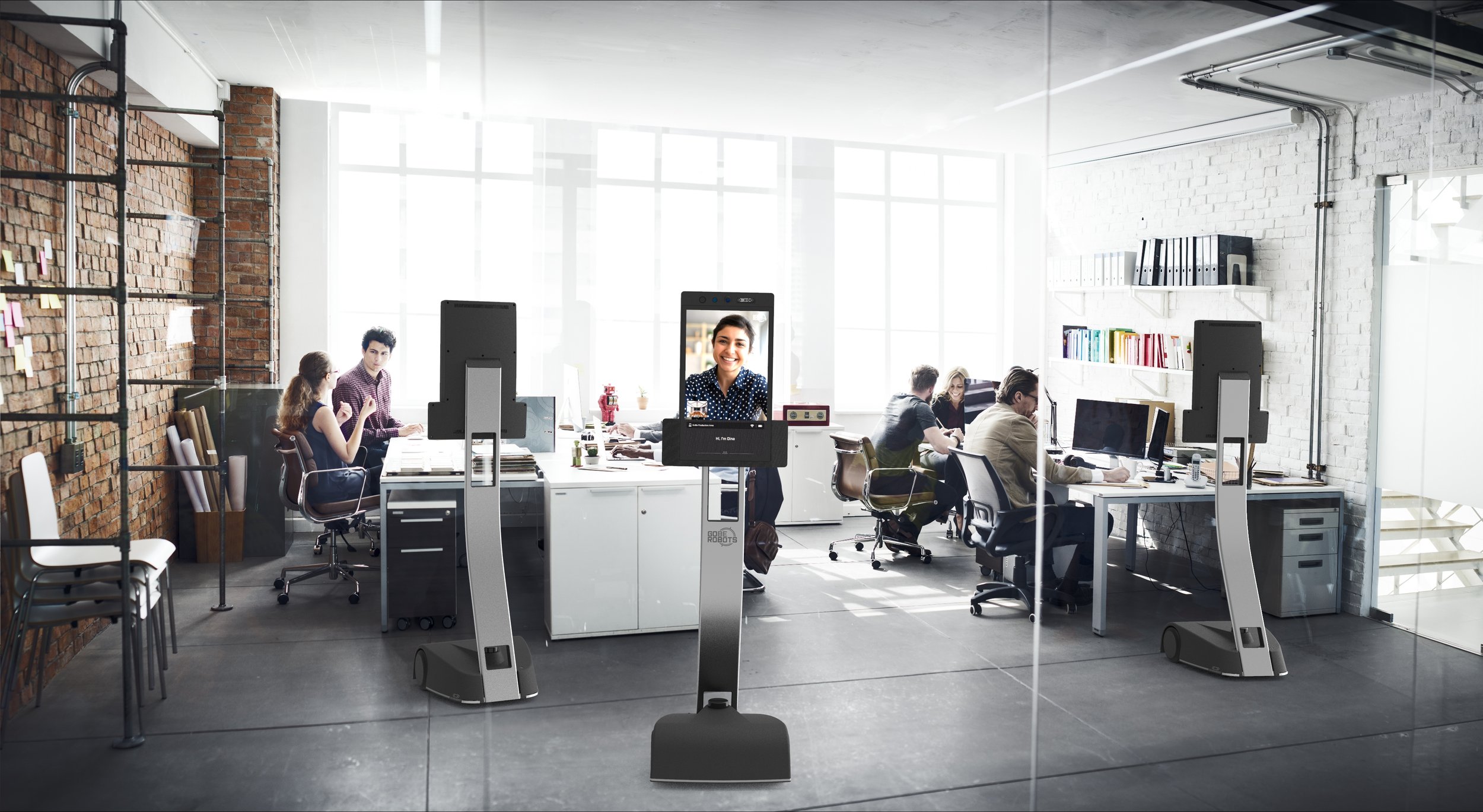In today's fast-paced and increasingly digital world, remote communication has become a crucial aspect of business and personal life. Whether you're looking to connect with colleagues, family, or friends, numerous options are available. Telepresence robots and video conferencing are two of the most popular remote communication methods. Both offer unique benefits and drawbacks, making it essential to choose the right one for your needs.
Telepresence Robots: An Overview
Telepresence robots are mobile devices allowing users to control a robot in another location remotely. This type of remote communication benefits those unable to be in two places at once physically. With telepresence robots, you can remotely attend meetings, give presentations, or observe what's happening in another location. They often come equipped with cameras, microphones, and speakers, allowing you to participate fully in the conversation.
Video Conferencing: An Overview
Video conferencing is a form of remote communication that allows participants to connect via video and audio. This remote communication is typically conducted through a computer, tablet, or smartphone. Video conferencing platforms often include screen sharing, file sharing, and virtual whiteboards. Video conferencing is ideal for those who need regular, face-to-face interactions with remote team members but don't need to be in a physical space to collaborate.
Telepresence Robots vs Video Conferencing: Key Differences
While both telepresence robots and video conferencing have their unique benefits, there are some critical differences between the two. One of the most notable differences is the level of interactivity and immersion. Telepresence robots such as the Double3 by Double Robotics offer a more immersive experience, as you can move around the room and interact with people as if you were physically present. Video conferencing, on the other hand, is typically limited to a single screen and does not allow for as much movement and interaction.
Another key difference to consider is the level of mobility. Telepresence robots are designed for mobility, allowing users to remotely participate in meetings or events from anywhere with a good internet connection.

Telepresence Robots: Pros and Cons
Telepresence robots offer several key benefits, including:
- Immersive Communication Experience: Telepresence robots offer a highly immersive and interactive communication experience, allowing users to feel as if they are physically present in a remote location. This provides a more natural and engaging way to communicate with others.
- Increased Productivity: Telepresence robots allow individuals to participate in meetings and events remotely, increasing their productivity and eliminating the need for travel. This can also help to save time and money.
- Enhanced Collaboration: Telepresence robots allow users to move around a virtual environment and interact with others in real time, enhancing collaboration and teamwork.
- Flexibility and Mobility: Telepresence robots are designed for mobility, allowing users to participate in meetings and events from anywhere with a good internet connection. This provides a flexible solution for individuals who need to be mobile or who frequently work from remote locations.
- Improved Accessibility: Telepresence robots offer a more accessible solution for individuals with disabilities or mobility limitations, allowing them to participate in meetings and events from their home or workplace. This can also help to reduce the barriers to communication and collaboration for individuals with disabilities.
- Integration with Other Tools and Platforms: Telepresence robots can often be integrated with other tools and platforms via their powerful Fleet Management platforms, such as project management software and customer relationship management (CRM) systems. This allows individuals and organizations to create a seamless and integrated workflow, improving overall productivity and efficiency.
However, telepresence robots also have some drawbacks, including:
- Cost: The cost of telepresence robots can be a significant drawback for some individuals and organisations. Telepresence robots can be a substantial investment, with some models costing several thousand dollars. However, there are now plans such as "Robot-as-a-service", allowing users to pay a manageable monthly cost instead of a significant upfront expense. This can help to make telepresence robots more accessible and affordable for a broader range of individuals and organizations.
- Training and Onboarding: While telepresence robots are designed to be intuitive and user-friendly, they may still require training and onboarding to utilise their capabilities thoroughly. This can be especially true for individuals unfamiliar with technology or with limited experience with telepresence robots. Some organizations may also need training and support to help employees get the most out of their telepresence robots.
- Limited Physical Capabilities: Telepresence robots cannot climb stairs, navigate lifts, or pick up objects. This can limit their usability and functionality in specific environments, especially for individuals or organizations that need their telepresence robots to be able to access different levels or perform specific tasks. However, advances in technology are continuously being made, and telepresence robots will likely become more capable over time
Video Conferencing: Pros and Cons
Video conferencing offers several key benefits, including:
- Affordable Cost: Video conferencing is much more affordable than telepresence robots, with many free options available. This makes it an excellent option for individuals and organisations with limited budgets and those who only need to use video conferencing occasionally. The low cost of video conferencing also makes it an attractive alternative for organizations looking to reduce expenses and improve their bottom line.
- Wide Range of Features and Functionality: Video conferencing platforms offer a wide range of features and functionality, including screen sharing, file sharing, and recording capabilities. This allows individuals and organisations to customize their video conferencing experience to meet their specific needs. Additionally, video conferencing platforms can often be integrated with other tools and platforms, such as project management software and customer relationship management (CRM) systems, to create a seamless and integrated workflow
While offering many benefits, video conferencing also has some drawbacks worth considering. Here are some of the critical drawbacks of video conferencing:
- Limited Interactivity and Immersion: While video conferencing allows individuals to connect and communicate with others remotely, it can still be limited in terms of interactivity and immersion. This is due to the lack of physical presence and limitations in the technology, which can make it difficult to fully engage with others and truly feel like you are in the same room
- Dependence on Stable Internet Connection: Video conferencing heavily relies on a stable internet connection to function correctly. This can be a significant drawback, especially in areas with limited or unreliable internet connections. Poor internet connections can result in low-quality video and audio, making it challenging to communicate effectively and have a productive meeting
- Reduced Sense of Presence and Connection: While video conferencing allows individuals to communicate with others remotely, it can also result in a reduced sense of presence and connection. This is due to the lack of physical interaction and the limitations of the technology, which can make it difficult to truly connect and engage with others. This is often referred to as "Zoom Fatigue"
Which is Right for You?
When it comes to choosing between telepresence robots and video conferencing, it ultimately comes down to your individual needs and preferences. Telepresence robots may be the right choice if you prioritise immersion and interactivity or have a specific use case in mind, such as needing onsite support for junior employees or specialist care in hospitals. If you're looking for an affordable, user-friendly solution with a wide range of features, video conferencing may be the better option.
If you're looking for an immersive and interactive solution that offers a heightened sense of presence and connection, telepresence robots may be the better option. Why not test drive for yourself to see if it's a good fit for you?



